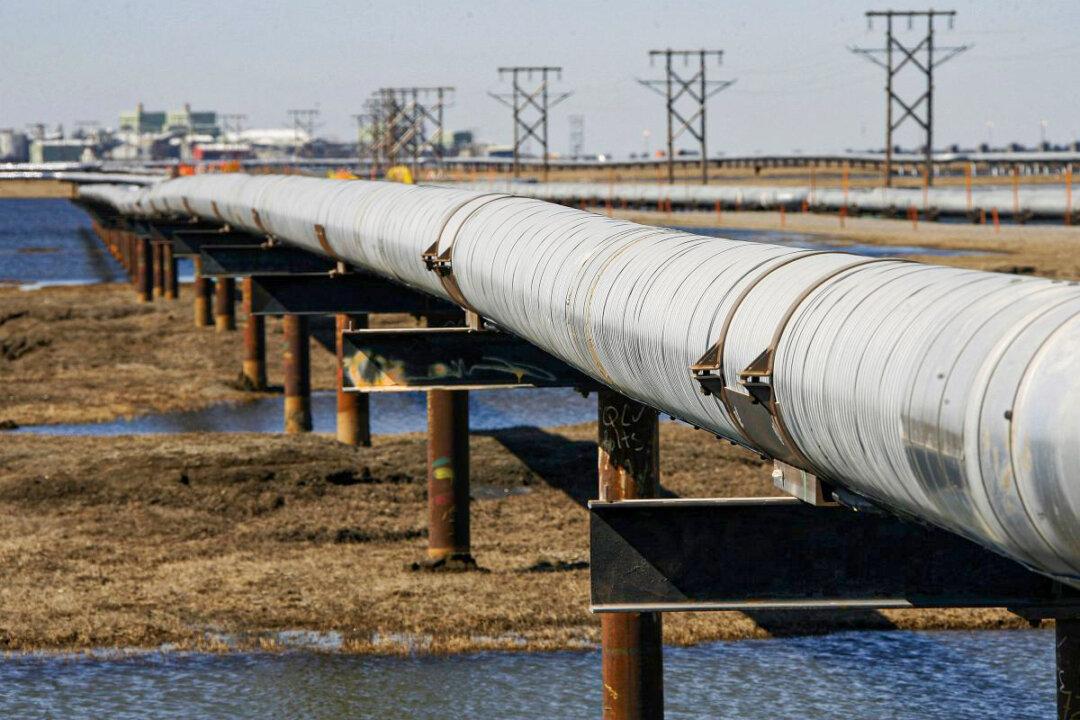Environmental activists have filed a legal petition with the federal government in hopes of shutting down the Trans-Alaska Pipeline System, which at its peak transported 25 percent of the oil produced in America.
The Trans-Alaska Pipeline “is approaching the end of its useful life due to mounting climate change-driven damages to both the aging pipeline infrastructure and the entire Arctic ecosystem, as well as the imperative for the United States to rapidly transition away from fossil fuel-based energy,” the petition states.





